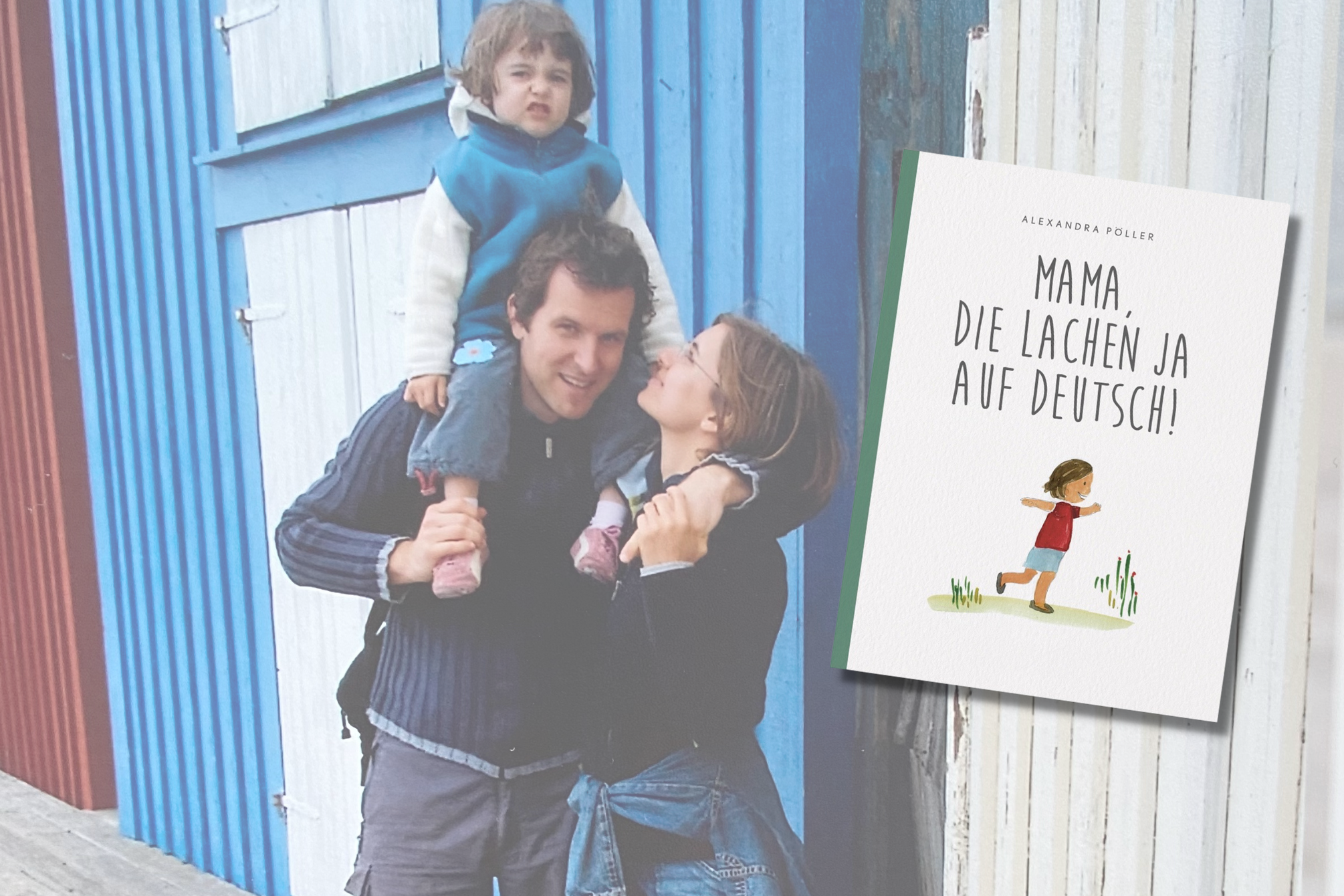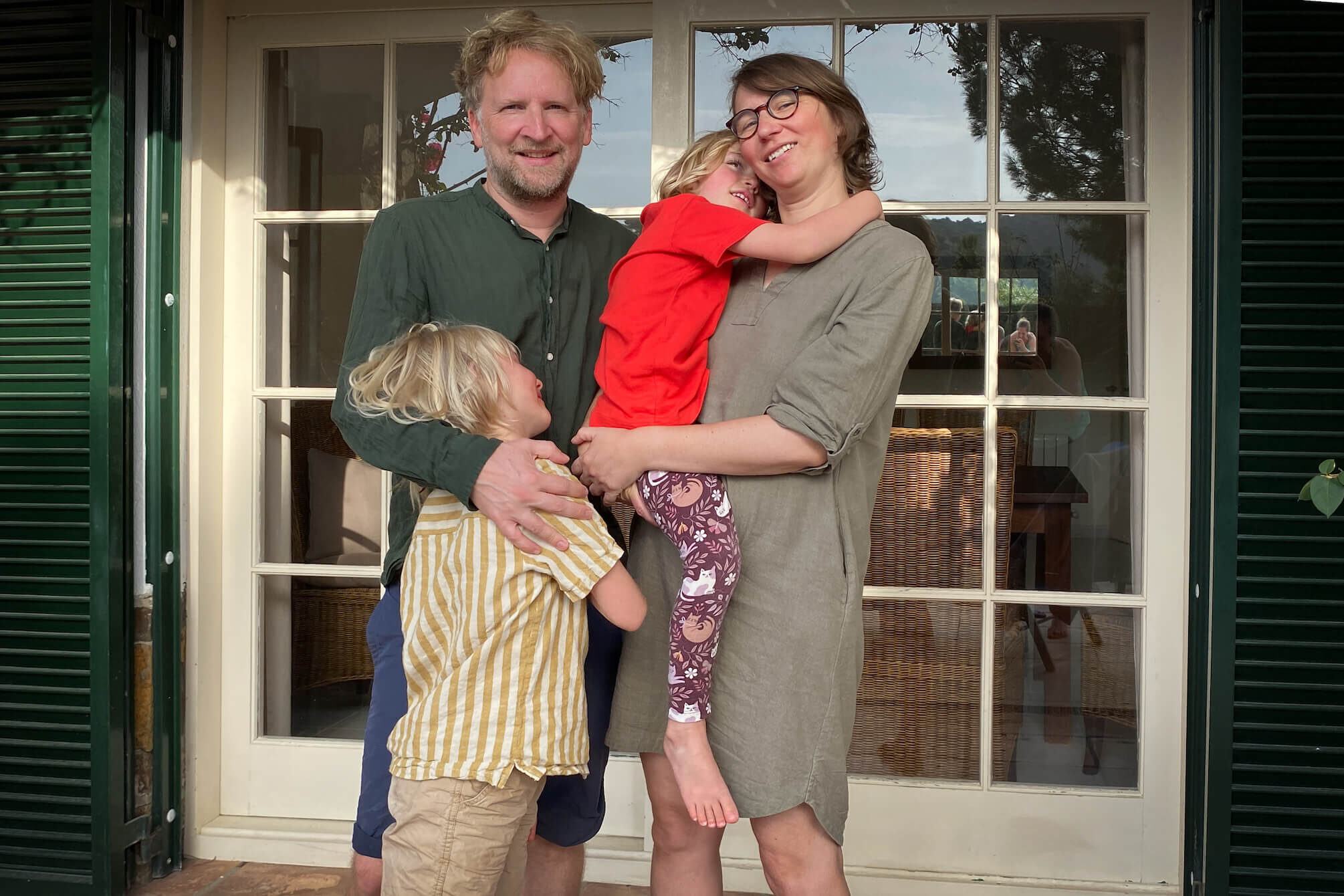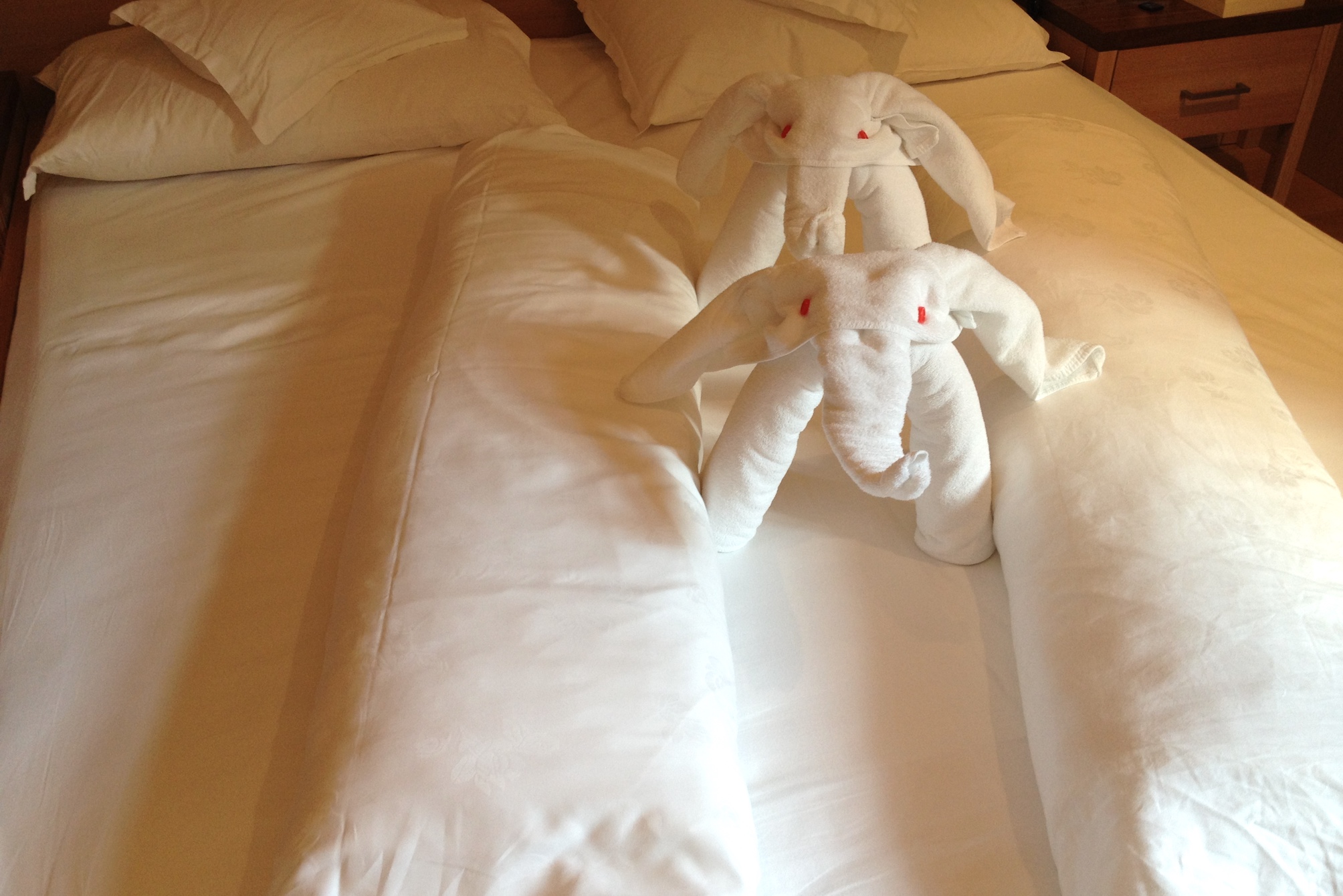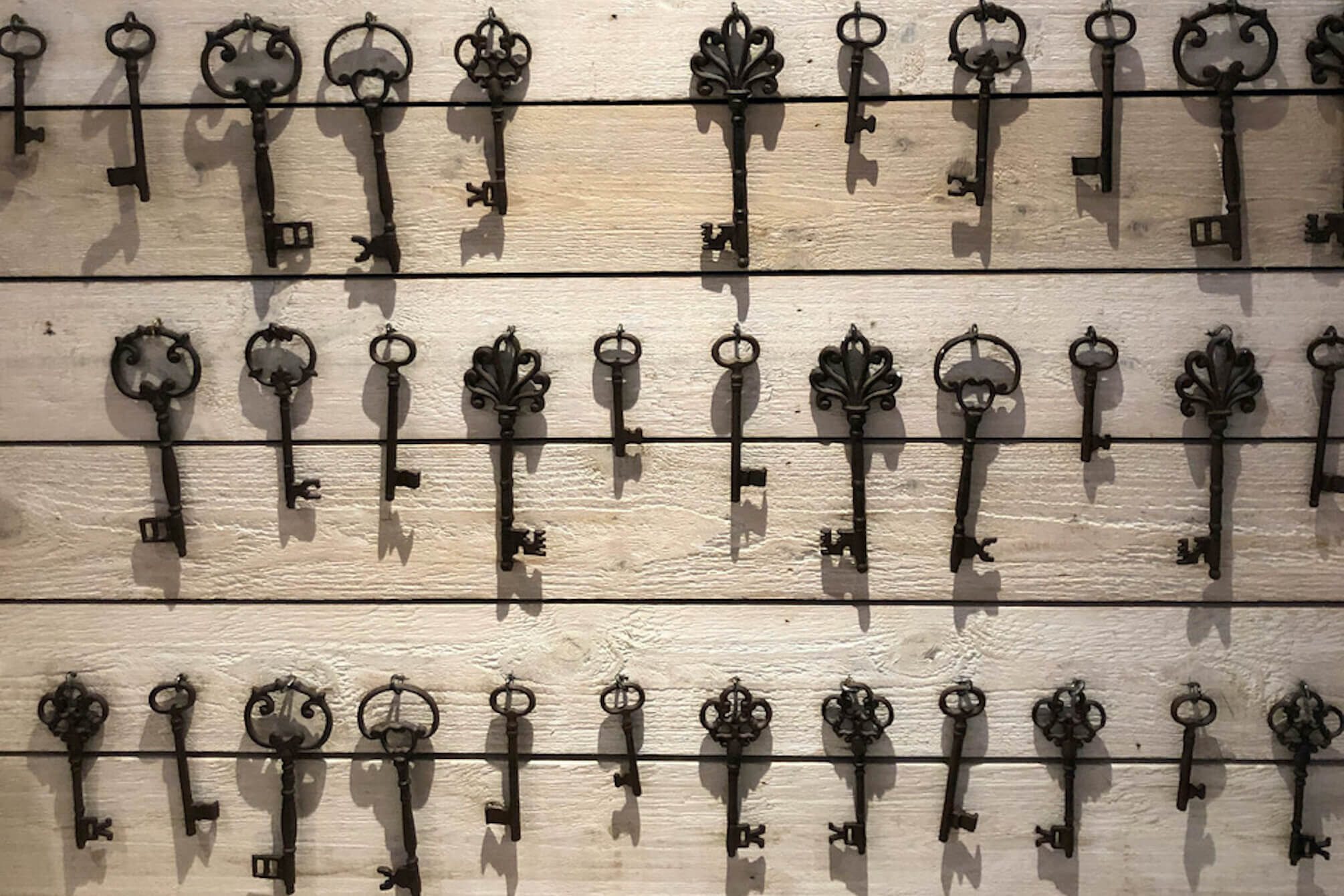Oder: I need to pee
Das erste Schulhalbjahr ist zu Ende und ich glaube, die Kinder sind im internationalen Schulsystem angekommen. Woran ich das festmache? Sie fangen an, die ein oder andere Besonderheit im Schulalltag auf die Schippe zu nehmen.
Humor ist, wenn man trotzdem lacht
Das Leben mit Humor zu nehmen, ist nicht immer leicht, aber es hilft ungemein. Wenn alles um einen herum neu ist, dann funktioniert das erst mal gar nicht. Zu sehr ist man damit beschäftigt, Abläufe zu erfassen, Regeln zu verstehen. Für die Kinder an der Schule hieß das: Wo muss ich hin? Wie geht was? Wer ist wer? Wann muss ich das fertig haben? Wen kann ich fragen? Warum ist das so oder so und nicht anders? Tage und Wochen vollster Konzentration, innerer Anspannung, steter Beobachtung – sprich eine bierernste Angelegenheit.
Nach 6 Monaten wissen die Kinder nun, wo der Hase langläuft. Entspannung setzt ein und eine gewisse Abgeklärtheit. Sie wissen, wie das System funktioniert, können sich auch mal zurücklehnen und mit innerer Distanz auf das schauen, was sie da täglich tun. Sprich: sie können lachen über manche Dinge, statt sich zu ärgern. Und ich freue mich wie Bolle über die hier und da wieder aufkeimende Ironie.
Learning opportunities für Mama
Wenn ich in der Küche über ein Missgeschick fluche, kommentiert Kind 1 zum Beispiel trocken: „In der Schule könntest du jetzt schreiben, was das für eine tolle „learning opportunity“ für dich ist! Und du kannst reflektieren, welche „skills“ notwendig wären.“ Und sie lacht sich kringelig.
Reflektieren ist das Stichwort, denn die Kinder schreiben in JEDEM Fach zu JEDER Unterrichtseinheit eine sogenannte „Reflection“ – egal, ob sie in Sport Badminton gelernt haben oder in Physik Schaltkreise bauen. Das Schema ist immer gleich und zu jeder der vorgegebenen Fragen muss man an die 300 Wörter schreiben.
Kind 2 hat fächerübergreifend „copy + paste“ für sich entdeckt. Kind 1 rollt mit den Augen: „Mir fällt kein „problem“ ein, das ich „overcome“ – ich hab’ kein Problem mit der Aufgabe. Ich habe eines mit der „evaluation“ von meinen „approaches to learning.“
Am Wochenende überkommt das gleiche Kind eine Welle von (Selbst-)Ironie und sie verfasst statt einer „Reflection“ über ihr Personal Project eine Parodie zum Thema „I need to pee“. 1:1 entlang der vorgegebenen Fragen und Kriterien, mit denen sie ihre Unterrichtslektionen abhandelt. Man sieht: der Prozess ist verinnerlicht. Sie wird ihn ihren Lebtag nicht mehr vergessen. Lernziel erreicht, oder?
Viel wichtiger aber für mich: Ihr Humor ist zurück.
I need to pee – ein satirisches Lehrstück, wie man eine Unterrichtseinheit abarbeitet
(geschrieben von einem Third Culture Kid aka Kind 1, 15 Jahre)
Topic
The Concept of Peeing
Statement of Inquiry
Peeing at the right moment can extend our knowledge about body phenomenons.
Global Context
“Personal and Cultural Expression”
Inquiry Questions
Factual: What makes us want to pee?
Conceptual: How do our individual peeing routines affect our daily lives?
Debatable: Should we always pee when we need to?
Criterion A: Knowing and Understanding
Identify the problem
I have to pee.
Give reasons why a solution to the problem is needed
If I don’t pee now, I’m going to burst.
Approaches to Learning – Research: Identify primary and secondary research
Primary source – According to a survey I conducted, 80% of Upper School Students need to pee during the day.
Secondary source – The biology book says peeing is a natural reflex among human beings.
Approaches to Learning – Communication: Use respect and empathy when collaborating and resolving conflicts; communicate respectfully using a variety of media
I respectfully and empathically resolved my inner conflict caused by my need to pee and communicate collaboratively in person to my teacher by asking “Can I go to the bathroom?”
Criterion B: Planning and developing skills
Create a plan for the creation of your solution:
I will go to the bathroom and pee.
Develop Success Criteria for your solution:
My solution is going to be a toilet.
Function – The toilet has to let me pee.
Aesthetics – To fulfil client needs, the toilet has to aesthetically appeal to their blister. Audience – The audience or target group are people who need to pee.
Cost – From recent market research at petrol stations and in public places, the average cost for toilets is 50 cents, so I should aim for a price of about 45 cents.
Safety – To ensure client safety, the toilet is going to bear a sign telling them not to put their head into the toilet bowl.
Time – The solution has to be completed within the next two minutes because I feel I can’t make it any longer.
Approaches to Learning – Self-management: Demonstrate organisational, affective and reflective skills; consider the implications of decisions; show perseverance
I manage my emotions and personal needs while walking down the hallway to the bathroom. I consider the implication of decisions when walking through the door that says “Girls”. My excellent organisational skills remind me of shutting the door of my booth before starting to pee. I demonstrated perseverance by not wetting my trousers before completing these steps.
Criterion C: Taking Action, Creating the Solution, Thinking Creatively
Follow the creation plan developed during Criterion B. Document your progress in a journal providing a wide range of evidence including audio, video, screenshots, sketches, photos and diagrams:
10:42 – I walked into the bathroom.
10:44 – I started the peeing process. I included an audio recording, videos, a range of screenshots and photos, sketches of my exact position and an Excel chart of the urine amount over time in my appendix.
Provide specific examples of creativity during the process:
I tried to pee while making an effort not to touch the toilet seat with my bottom. I folded the toilet paper four (not five) times. While peeing, I tried to write the school mission onto the wall of my booth.
Approaches to Learning – Thinking: Show how you identify problems, draw conclusions, make logical combinations and suggest improvements.
When trying to write the school mission, I realised I don’t know how to spell “courageous leader”. I drew the conclusion that I should choose a different part of the school mission instead because of the logical combination that no one would appreciate looking at a sentence with orthographic errors in it during the process of urinating. Based on this I suggested the improvement of writing “joy of learning and purposeful effort” instead, which I then did.
Criterion D: Reflection
Evaluate your solution against your success criteria
Function – The toilet fulfilled the task to let me pee.
Aesthetics – The toilet appealed to my blister so much that I was tempted to use it and couldn’t resist.
Audience – My audience, people who need to pee, was very satisfied.
Cost – I didn’t have to pay anything to use the toilet, so I achieved my budget goal of less than 45 cents.
Safety – The safety goal was fulfilled because I didn’t drown in the toilet while using it. Time – The solution was completed within the suggested time frame of two minutes.
Reflect on your learning development
The peeing experience greatly increased my knowledge about the body phenomenon of urinating. I was able to improve my thinking, self-management and research skills. The whole process gave me many learning experiences. Because of the peeing I will be able to go to college and find a great job. Thanks to the IB system I am a better person.








Was für eine gelungene Satire von Kind 1! Danke für die gute Unterhaltung beim Morgenkaffee.
Ich schlage vor: Text direkt ins Lehrerzimmer durchreichen. Vielleicht wollen die auch mal was zu Lachen haben. (Sicherheitshalber ein Pseudonym wählen.)
Vielen Dank! Das wird Kind 1 sehr freuen!
Krank im Bett liegend habe ich mich hierüber auch gerade köstlich amüsiert. :-) Herzlichen Dank an Kind 1 für diese gelungene Abhandlung und danke an dich für’s Teilen.
Aus fachlicher Sicht: Reflexion ist ja notwendig. Muss das aber tatsächlich in jedem Schulfach, jede Stunde sein? Davon haben die Kids auf Dauer nix, weil es dann nur noch als lästige Pflicht und nicht als Möglichkeit gesehen wird, sich tatsächlich weiterzuentwickeln. Hast du dich mit anderen Eltern darüber schon einmal ausgetauscht?
Ach, wie blöd, dass du krank bist. Gute Besserung! Freut mich, dass wir dir wenigstens den Tag aufheitern konnten.
Zur Reflexion: Nicht jede Schulstunde, sondern nach jeder Unit, also ca. alle 3-4 Wochen, je nach Thema. Aber tatsächlich: Schema F, was ermüdend ist. Aber bislang bin ich noch wenigen begegnet, die sich daran stören: So ist das IB-Curriculum halt und der Projekt-Charakter wird gelobt.